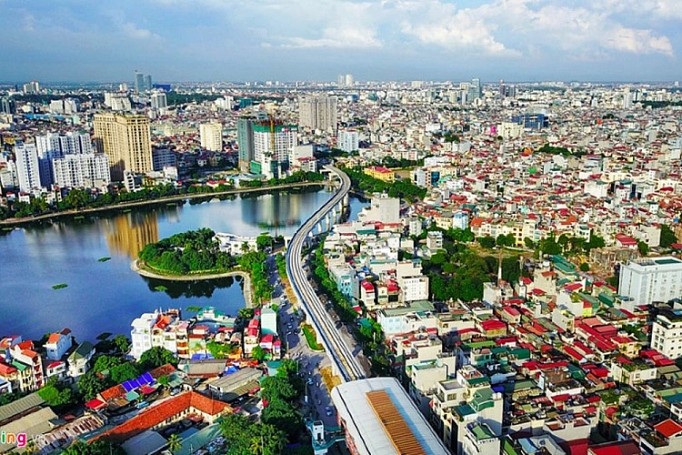(VOVWORLD) - The General Statistics Office of Vietnam has released a report on Vietnam’s socio-economic development in the first five months of this year. Accordingly, Foreign Direct Investment continues to prosper with nearly 1,400 projects and a fresh capital of 6.5 billion USD, the highest in three recent years.
 (Photo: baocongthuong.vn) (Photo: baocongthuong.vn) |
Vietnam’s FDI attraction has increased more than 38% in the amount of capital and 26% in the number of projects during the last 5 months.
Last month, the People’s Committee of Hai Phong and Japanese Minato Vietnam inaugurated a complex of two residential and commercial buildings in Hai Phong city with a total investment of 105 million USD.
So far this year, Quang Nam province has attracted 169 FDI projects totaling 5.6 billion USD. Last year alone, the province granted investment licenses to 26 FDI projects worth more than 300 million USD.
Quang Nam is currently leading in the Central and Central Highlands region and ranking 13th among 63 provinces and cities in FDI investment in Vietnam. The result is attributed to the province’s reformed policies on foreign investment attraction.
Tran Van Tan, Deputy Chairman of Quảng Nam province People’s Committee, said: “Quang Nam plans to address the difficulties and obstacles faced by enterprises in a variety of ways. We will drastically reform administrative procedures, improve the local investment and business environment in order to create the best conditions for businesses.”
Major investors from the US, Japan, South Korea and many European countries have poured money into processing, manufacturing, high-tech, and environmental projects.
With 42 projects and a total registered capital of nearly 5 billion USD, South Korea is leading in FDI attraction in Ba Ria-Vung Tau province. The province has set out many practical measures to lure more Korean businesses, said Nguyen Anh Triet, Director of Ba Ria-Vung Tau’s Industrial Park Management Board.
“The advantage of Korean investors in Ba Ria-Vung Tau is that they often make quick disbursement and use advanced technology. Korean enterprises often have large capital with efficient production and trading, proactively participate in the province’s export value chain, and comply with the laws on environmental protection. In addition, they have performed well in the transfer of registered capital into implemented capital as scheduled,” said Triet.
Over the past 30 years, Vietnam has continuously improved financial institutions and preferential policies to attract and better manage foreign investment resources. Financial incentives often focus on corporate income tax, import and export taxes, and land. Vietnam is reviewing its preferential policies on land to generate revenue for the state budget and attract foreign investment projects.
At a recent conference on foreign investment attraction, Deputy Prime Minister Vuong Dinh Hue said: “We need more flexible measures in place, including non-financial considerations such as project duration, investment form, and use of experts to attract large projects from multinational corporations, especially those have their headquarters in Vietnam. It’s essential to strengthen the capacity of supervisors and inspectors to enhance tax management and prevent transfer pricing.”
By the end of last year, Vietnam had more than 27,000 FDI projects worth a total investment of 340 billion USD from 130 countries and territories. FDI projects contribute nearly 20% to the national GDP. Currently, FDI is contributing 70% of Vietnam's total annual exports, helping to create a foreign currency resource and becoming a main contributor to Vietnam's trade surplus.